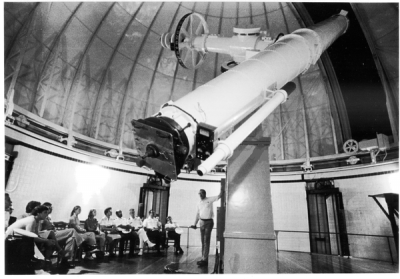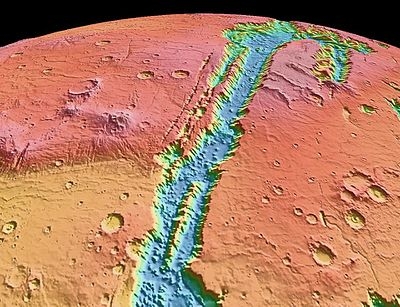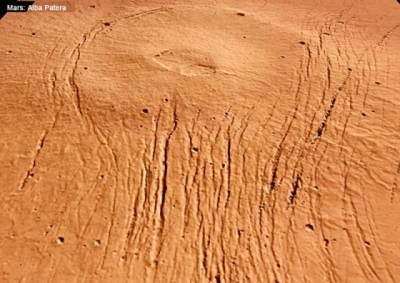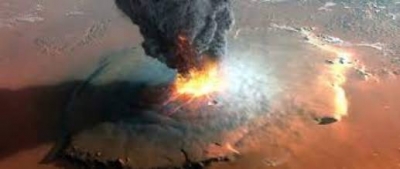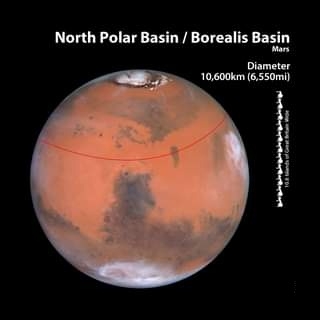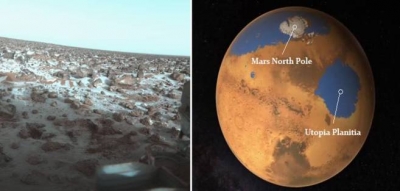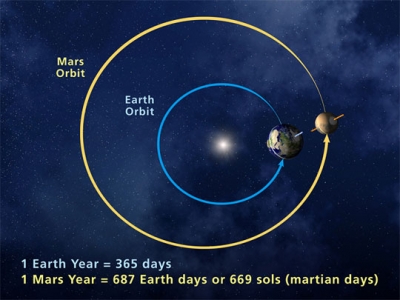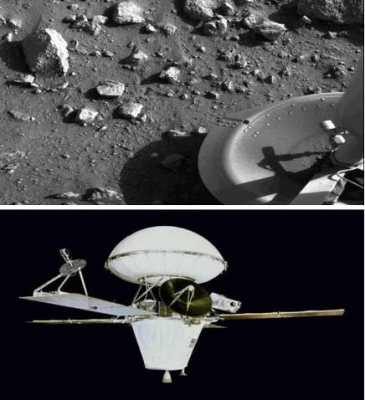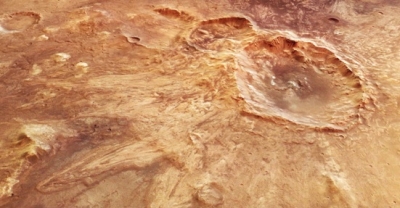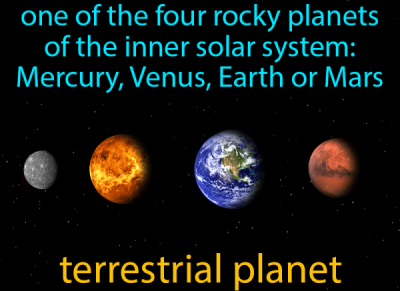Does Mars have moons?
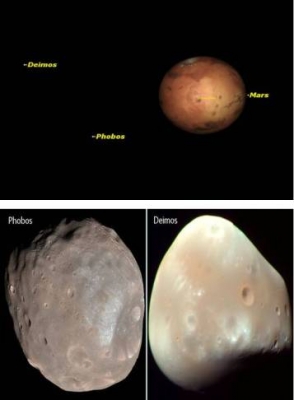
Have you ever wondered how the night sky would appear from the Red Planet? Some say it would be pretty similar to that on a clear Earth night, but with one key difference - instead of just one moon, you would see two. One might resemble a bright star and the other, a pale space potato! And through a telescope they look nothing like our Moon; they are highly uneven masses covered with lumps, bumps and huge craters. But like our Moon, they always show the same face to their planet. Meet Deimos and Phobos, the only natural satellites of Mars!
Only around 12 kilometres wide, Deimos is the smaller of the two. It takes a little more than 30 hours to complete an orbit around Mars. Phobos measures 22 kilometres across (for comparison, the diameter of our Moon is 3,474 kilometres). However, it orbits very close to Mars, and takes only about eight hours to complete a revolution!
Unfortunately for Phobos, it is coming closer and closer to Mars - its orbital distance is reducing by about 1.8 centimetres every year. At this rate, one day it will either crash into the Red Planet, or get pulled apart by the gravitational effect of Mars and form a ring of debris around it. Either way, this will be a spectacular event. But we will have to wait 50 million years more to see it happen!
Picture Credit : Google
